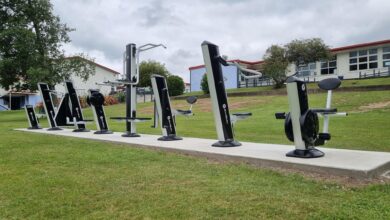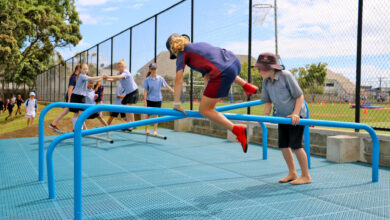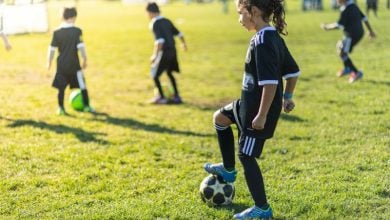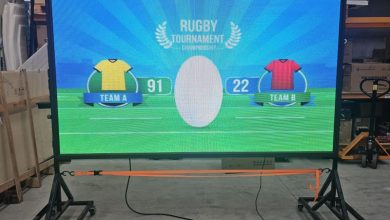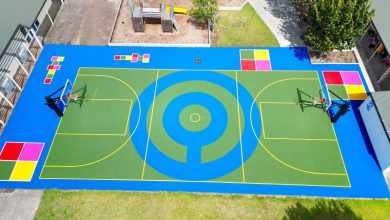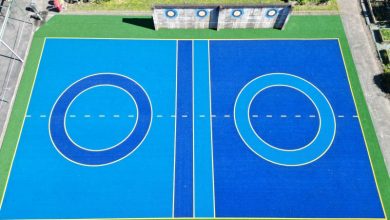Attitudes changing in school sports
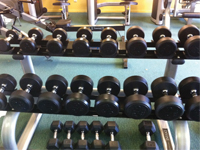
 As with everything else, attitudes towards school sports are changing, not only in New Zealand but internationally as well.
As with everything else, attitudes towards school sports are changing, not only in New Zealand but internationally as well.
For a start, there are far more choices in leisure activities for today’s students as against those in previous generations. In these days of computer games, I pads and M3 players, perhaps the hardest part of the challenge for teachers is to motivate young people to do anything active at all. New Zealand’s strong heritage of physical activity with widespread participation and success in team sports, such as rugby and cricket, is under attack by increasingly ubiquitous ICT devices and the accompanying physical lethargy they may bring.
Yet, the health benefits of exercise are far too important to ignore. Getting and retaining the interest of young people is the key. As Wikipedia puts it: “Physical education trends have developed recently to incorporate a greater variety of activities. Introducing students to activities like: bowling, walking/hiking, or Frisbee at an early age can help students develop good activity habits that will carry over into adulthood.”
And Wikipedia says exercises and sports can also be invaluable in academic learning. “Some teachers have even begun to incorporate stress-reduction techniques such as yoga and deep-breathing. Teaching non-traditional sports to students may also provide the necessary motivation for students to increase their activity, and can help students learn about different cultures. For example, while teaching a unit about lacrosse (in, say, Arizona, USA), students can also learn a little bit about the Native American cultures of the Northeast and Eastern Canada, where lacrosse originated.”
In New Zealand, those in the industry have noticed that things are changing here as well. Geoff Devine of Devine Fitness Equipment in Nelson, says there has been a trend over the last 10 years towards the installation of fitness studios and small cycle studios inside school sports complexes.
“But, the most radical change in the past 12 months is that schools are installing outdoor fitness equipment in the playground areas, fields or parks within the school. This means the PE teachers have a full line of physical education equipment for both indoor and outdoor fitness activity, encouraging kids to keep active.”
“The most significant advantage of this is low maintenance and low cost because it doesn’t require a building. Outdoor equipment for kids seems more like a playground, and they’re active without really being aware they are exercising.”
Mr Devine says it pays for schools to look out for commercial grade equipment for their outdoor fitness circuits with and have these designed to suit the age group and space available. A good warranty period is also advisable.

